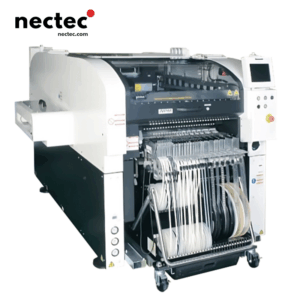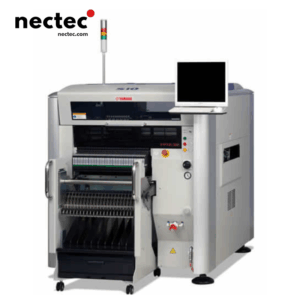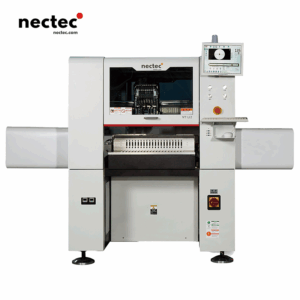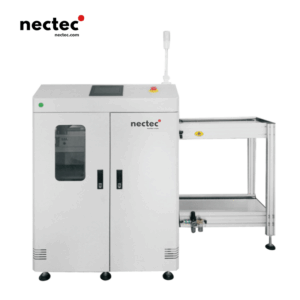In recent years, Malaysia has emerged as a vital player in the global manufacturing landscape. With the rapid advancement of technology, particularly robotics and automation, the manufacturing sector is experiencing a seismic shift. One of the most notable advancements driving this transformation is the adoption of pick and place machines. These sophisticated systems are revolutionizing assembly processes across various industries, from electronics to automotive manufacturing. In this article, we will explore the key aspects of pick and place machines, their advantages, and their growing importance in Malaysia’s manufacturing ecosystem.
了解取放设备
Pick and place machines are automated devices used to efficiently pick up components from a specified location and place them onto another surface, which can include printed circuit boards or assembly line fixtures. These machines are designed to enhance productivity, minimize human error, and ensure precision in the assembly process.
取放机器的类型
There are various types of pick and place machines available in the market, each tailored for different applications:
- 高速贴片机 Typically used in electronics manufacturing, these machines can handle thousands of components per hour.
- 台式取放机器: Ideal for small-scale operations or for prototyping, they are compact and user-friendly.
- Customizable Pick and Place Solutions: Businesses can customize these machines to suit specific production requirements, ensuring maximum efficiency.
贴片机在制造业中的重要性
As Malaysia focuses on improving its manufacturing capabilities, pick and place machines have become essential for several reasons:
- 提高效率: The integration of these machines allows manufacturers to significantly increase throughput, reducing the time taken for assembly and production.
- 精度和准确性: Unlike human operators, these machines operate with a high degree of precision, ensuring that components are placed accurately, which is critical in industries such as electronics.
- 成本效益: Although there is an upfront cost, the long-term savings achieved through reduced labor costs and increased productivity outweigh the initial investment.
Challenges Faced by Manufacturers in Adopting Pick and Place Technology
Despite the numerous advantages, some challenges remain in the widespread adoption of pick and place technology in Malaysia:
- 初始成本高: The initial investment for quality machines can be significant, particularly for small to medium-sized enterprises (SMEs).
- 技术专长: There is a need for skilled personnel who can operate and maintain these sophisticated machines.
- 与现有系统集成: Manufacturers may face challenges in integrating new technology with their existing processes.
取放技术的未来趋势
The future of pick and place machines in Malaysia looks promising, with several trends poised to shape the industry:
1.提高自动化程度
The push towards Industry 4.0 will propel the usage of pick and place machines further, leading to fully automated production lines that operate with minimal human intervention.
2.智能功能
As technology advances, expect to see more intelligent pick and place solutions that leverage artificial intelligence (AI) and machine learning. These enhancements will allow for better adaptability and predictive maintenance.
3. Environmentally-Friendly Solutions
In response to global environmental concerns, manufacturers may incorporate sustainable practices in designing pick and place machines, aiming for energy efficiency and minimal waste throughout the production process.
结论
As Malaysia continues to embrace technological advancements, pick and place machines will become integral to its manufacturing sector. With their ability to enhance efficiency, accuracy, and cost-effectiveness, these machines are not just an asset; they are a necessity for staying competitive in the global market. Manufacturers who invest in this technology will undoubtedly reap the rewards in the form of increased productivity and improved product quality.






















